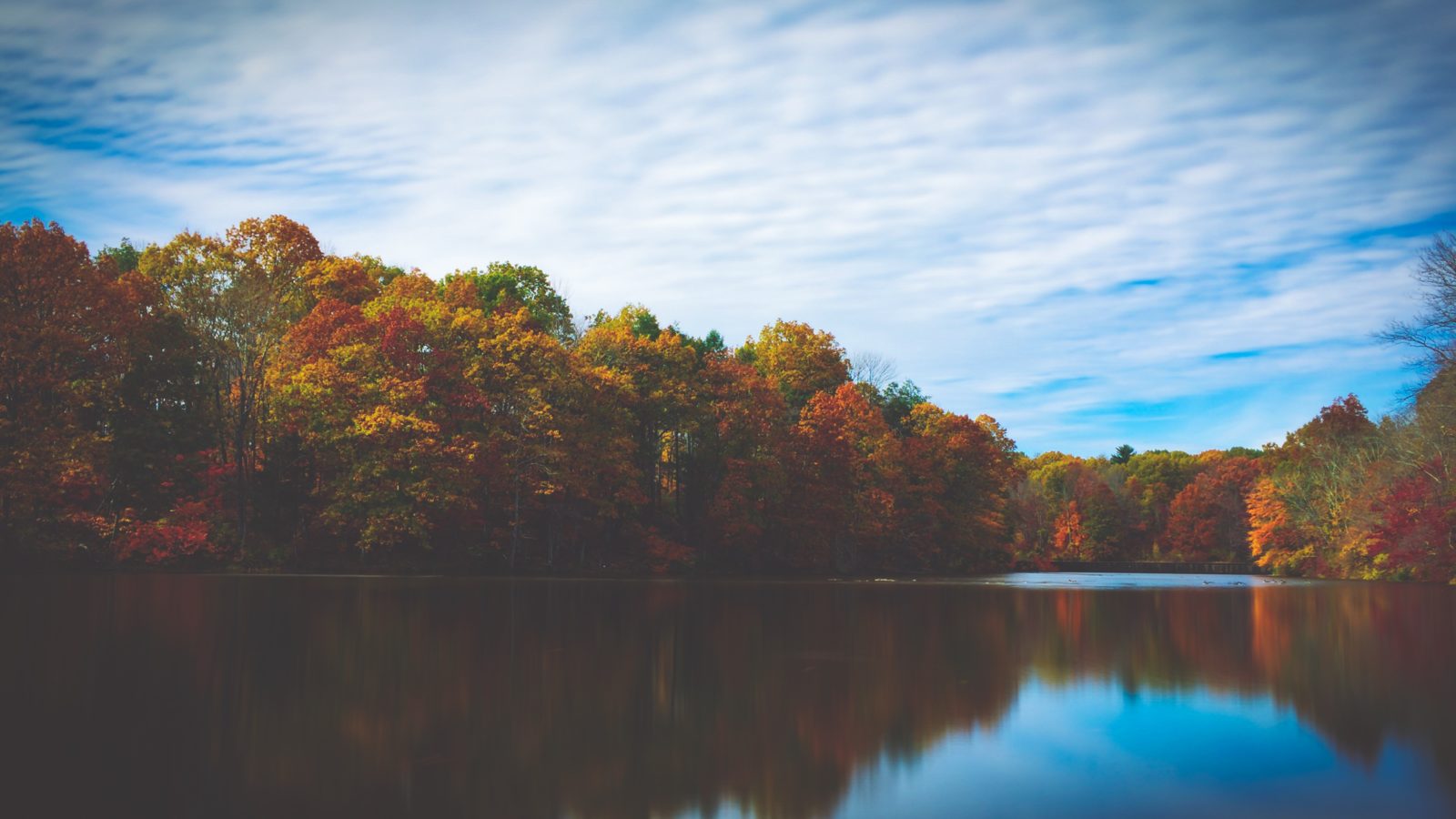

Just as the temperatures and scenery are altered with the change of seasons, so too do the lakes transform.
Almost all aquatic organisms are cold-blooded, which means they aren’t able to internally regulate their core body temperature. That means temperatures are a major influence on the biological activity and growth of aquatic organisms. In many cases, that means the higher the water temperature, the greater the biological activity.
Fish, insects, zooplankton, phytoplankton and other aquatic species all have desired temperatures. As temperatures get too far above or below this preferred range, the number of individuals of the species decreases until finally there are few, or none. For example, you wouldn’t expect to find a flourishing trout fishery in shallow lakes because the water is too warm throughout the ice-free season.
Temperature is also important because of its influence on water chemistry. The rate of chemical reactions generally increases at higher temperature, which in turn affects biological activity. An important example of the effects of temperature on water chemistry is its impact on oxygen. Warm water holds less oxygen that cool water, so it may be saturated with oxygen but still not contain enough for survival of aquatic life. Some compounds are also more toxic to aquatic life at higher temperatures.
The changes in seasons and temperatures causes “lake turnover, the process of a lake”s water turning over from top (epilimnion) to bottom (hypolimnion). Obviously, during the summer the surface layer, or epilimnion, is at its warmest due to heat from the sun, while the deepest layer, the hypolimnion, is the coldest.
Water density varies with water temperature. Water is most dense at 39 degrees (Fahrenheit) and as temperatures increase or decreases from 39 degrees, it becomes increasingly less dense. In the summer and winter, lakes are maintained by climate in what is called a stratified condition. Less dense water is at the surface and more dense water is near the bottom.
During the late summer and fall, air temperatures cool the surface water, causing its density to increase. The heavier water sinks, forcing the lighter, less dense water to the top. The process continues until the water temperature at all depths reaches about 39 degrees. Because there is very little difference in density at this point, the waters are easily mixed by the wind. The sinking action and mixing of the water by the wind results in the exchange of surface and bottom waters, called “turnover”
During the spring, this process reverses itself. Ice melts and surface waters get warmer and sink until the water temperature at all depths reaches about 39 degrees. Sinking, combined with wind mixing, causes spring “turnover.”
Other factors, such as climate and lake depth variations, can cause some lakes to behave differently.


